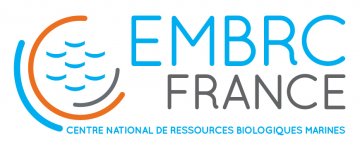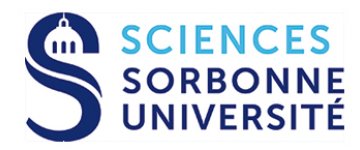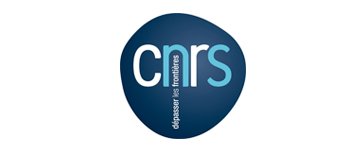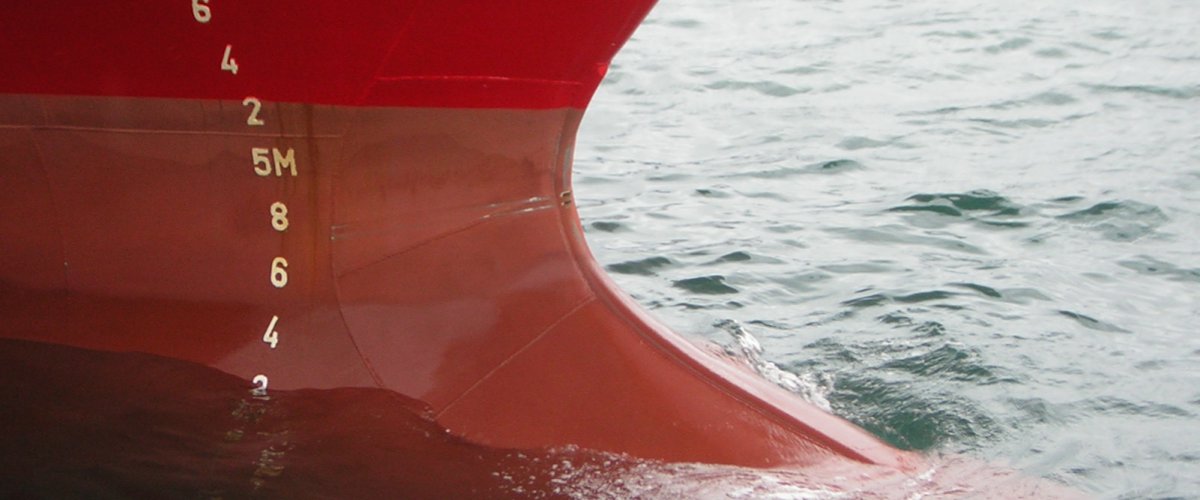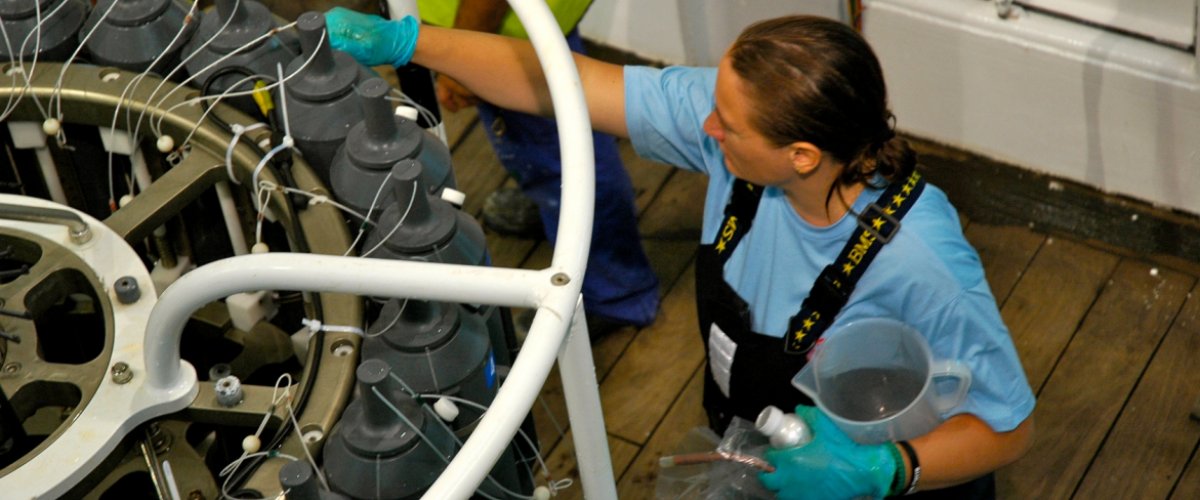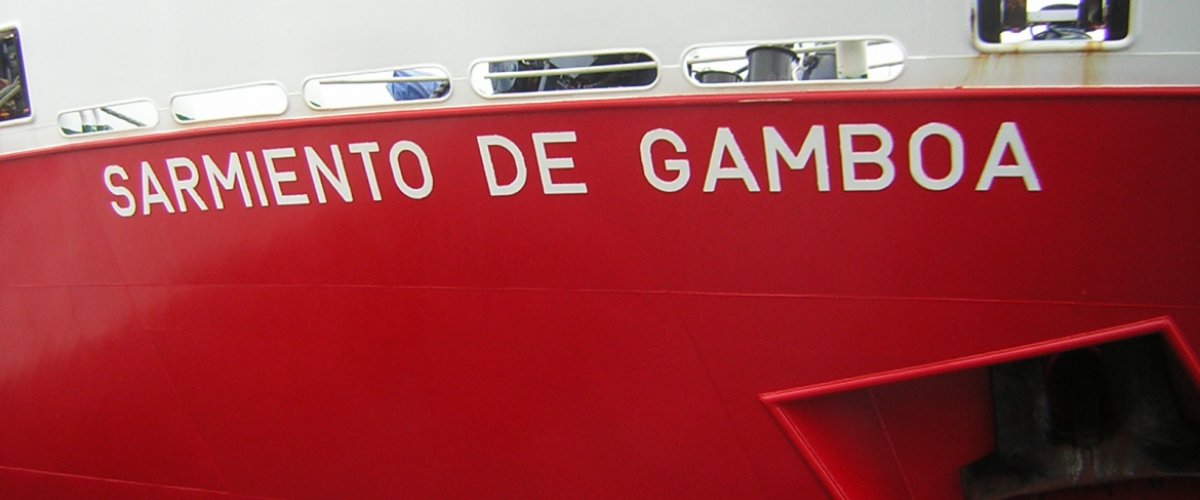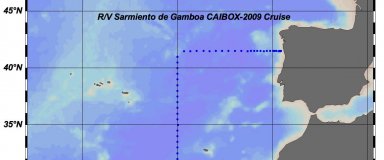CAIBOX 2009
CAIBOX 2009
CAIBOX s'intègre dans le projet CAIBEX et permet de définir les zones exates d'étude du projet global
PROJET CAIBEX
The CAIBEX project, funded under the Plan Nacional by the Spanish Ministerio de Ciencia e Innovación for the period 2007-2010, is an inter-disciplinary, multi-institution oceanographic project with international components. Its overall aim is to improve understanding of the phenomenon of upwelling filaments through a combination of field work from ships and fixed instruments, remote sensing from satellite, and numerical modelling. The project compares two regions with distinct characteristics: the Galician upwelling off Cabo Silleiro at 42ºN and the Moroccan upwelling off cap Ghir at 30ºN.
Coastal upwelling is the process responsible for much of the ocean’s productivity. Persistent wind blowing equatorward along a coast, such as the Iberian or Northwest African Atlantic seaboard, produces in the upper layers a net flow offshore because of the rotation of the Earth. The waters moved offshore are replaced by colder, nutrient-rich waters from sub-surface levels that effectively fertilize the surface layers. Consequently phytoplankton can flourish and provide the basis of a food chain that leads to highly productive fisheries.
The boundary between the warmer, lighter, oceanic waters and the colder, denser, nutrient-rich upwelled waters is associated with an alongshore current that may become unstable and form large meanders. These may extend hundreds of kilometres seaward and carry with them waters from the nearshore upwelling. As water travels around the meanders it is gradually heated by the sun and may mix with surrounding oceanic waters. So the overall effect is to produce filaments of cooler, high-nutrient water that represent exchanges of coastal and oceanic water. Filaments play a crucial role in distributing the richness of the upwelling zones in the coastal and open ocean.
CAIBOX
A single CAIBOX cruise took place in July-August 2009 to establish the large scale context of the two intensive mesoscale experiments. The cruise was planned to determine the heat, salt, anthropogenic carbon and organic/inorganic nutrient transports as well as the water mass renewal rates in the area encompassing the mesoscale work.
CAIBOX comprises activities including:
Hydrography and dynamics
Underway and core measurements
Biogeochemical and tracer measurements
Laure SEVIN
